In the world of automotive maintenance and repair, timing lights are a staple tool for mechanics and car enthusiasts alike. These devices play a crucial role in ensuring that an engine runs smoothly and efficiently by helping set the ignition timing accurately. For those who work on cars, understanding timing lights is essential—not just to keep engines humming but also to enhance your technical skills. This article will dive deep into the technical aspects of timing lights while keeping the discussion engaging and approachable. Whether you’re a seasoned mechanic or a curious DIY enthusiast, this guide will illuminate the wonders of timing lights.
What is a Timing Light?
A timing light is a specialized tool used to check and adjust the ignition timing of internal combustion engines. Ignition timing refers to the moment when the spark plug fires in the engine’s combustion chamber, igniting the air-fuel mixture. Proper timing ensures optimal engine performance, fuel efficiency, and reduced emissions. Timing lights have been around for decades, evolving from simple designs to sophisticated digital devices.
Evolution Over Time
In the early days of automotive repair, timing lights were bulky and limited in functionality. As technology advanced, these tools became more compact and precise, with modern timing lights offering digital displays and advanced features. This evolution reflects the broader changes in automotive technology, as vehicles have become more complex and electronically controlled.
How Timing Lights Work
At its core, a timing light is a strobe light that flashes in sync with the engine’s ignition system. The basic principle involves using an inductive pickup that clamps onto the ignition wire of the number one cylinder. This pickup detects the electrical pulses as the spark plug fires. The timing light then uses these pulses to trigger a strobe light, illuminating the engine’s timing marks.
Inductive vs. Direct Connection
Most modern timing lights use inductive technology, which is safer and easier to use than older models that required a direct connection to the ignition system. Inductive pickups eliminate the risk of electrical shocks and provide more reliable readings.
Types of Timing Lights
There are several types of timing lights available, each suited for different needs and budgets:
1. Basic Timing Lights
- These are entry-level models, perfect for beginners and basic tuning tasks.
- Pros: Affordable and easy to use.
- Cons: Limited features and accuracy compared to advanced models.
2. Advance Timing Lights
- These models allow users to adjust timing advance and are useful for more complex tuning.
- Pros: Greater precision and flexibility.
- Cons: More expensive and may require some technical knowledge to operate effectively.
3. Digital Timing Lights
- Equipped with digital displays, these lights provide precise readings and additional features like RPM measurement.
- Pros: Highly accurate and feature-rich.
- Cons: Can be costly and require a learning curve for beginners.
Using a Timing Light
Step-by-Step Guide
- Preparation: Ensure the engine is warm and at idle. Locate the timing marks on the engine and clean them if necessary.
- Connection: Attach the inductive pickup to the number one spark plug wire. Connect the timing light’s power leads to the battery.
- Observation: Point the timing light at the timing marks. The strobe light will illuminate the marks, showing their position relative to the timing indicator.
- Adjustment: If necessary, adjust the distributor to align the timing marks with the manufacturer’s specifications.
Common Mistakes to Avoid
- Not verifying the correct timing specifications for your vehicle.
- Forgetting to disconnect the vacuum advance on older vehicles.
- Using a timing light on a cold engine, which can give inaccurate results.
Anecdotal Story
I remember my first time using a timing light on my 1985 Chevy. I was nervous, but excited to try it out. The timing was off, which explained the rough idle. After adjusting it, the engine ran like a dream. I felt like I had unlocked a new level of car enthusiast skills, and it was all thanks to the timing light.
Benefits of Using a Timing Light
Proper ignition timing is critical for several reasons:
- Improved Performance: Accurate timing ensures the engine runs smoothly and delivers optimal power.
- Fuel Efficiency: Correct timing can enhance fuel efficiency, saving money at the pump.
- Engine Longevity: By preventing pre-ignition and knock, proper timing reduces engine wear and tear.
- Skill Enhancement: Using a timing light is a valuable skill for any car enthusiast, deepening your understanding of engine mechanics.
Troubleshooting Timing Issues
Common Problems
- Engine Knock: Often caused by timing that’s too advanced.
- Poor Performance: Could be due to timing that’s too retarded.
- Hard Starting: Incorrect timing can make starting difficult.
Using a Timing Light for Diagnosis
By illuminating the timing marks, a timing light helps pinpoint timing-related issues quickly and accurately. This allows for targeted adjustments and repairs, preventing unnecessary work and expense.
Anecdotal Story
A friend once shared a story about a mysterious engine knock in his vintage Mustang. After countless attempts to fix it, he finally borrowed a timing light. The problem? Timing was off by several degrees. A quick adjustment, and the Mustang was back to its roaring glory.
Future of Timing Lights
As automotive technology advances, timing lights continue to evolve. Digital technology is leading to more sophisticated tools that offer wireless connectivity and integration with diagnostic software. In the future, timing lights may become part of a broader suite of digital tools that provide comprehensive engine diagnostics and tuning.
Speculation on the Future
With the rise of electric vehicles, the role of timing lights may change. However, for enthusiasts and those working on classic cars, these tools will remain essential. Moreover, as technology advances, we might see timing lights that are easier to use, with features that cater to both professionals and hobbyists.
FAQ Section
Q1: Can I use a timing light on any vehicle?
A1: Timing lights are typically used on vehicles with distributor ignition systems. Some modern vehicles with distributor-less ignition may not require a timing light for adjustments.
Q2: What does “timing advance” mean?
A2: Timing advance refers to the ignition spark occurring earlier in the engine’s cycle. It can improve performance but must be adjusted carefully to avoid engine knock.
Q3: How do I know if my timing is off?
A3: Symptoms of incorrect timing include poor engine performance, knocking noises, hard starting, and reduced fuel efficiency.
Q4: Can timing lights be used on diesel engines?
A4: Timing lights are generally used for gasoline engines. Diesel engines have different timing requirements and typically use other diagnostic tools.
Q5: Is a digital timing light worth the investment?
A5: Digital timing lights offer more features and precision, making them a good investment for serious enthusiasts and professionals.
Conclusion
Timing lights are invaluable tools for anyone who works on cars, providing essential insights into engine performance and health. By learning how to use these tools, you not only improve your vehicle’s performance but also gain a deeper understanding of automotive mechanics. As technology evolves, timing lights will continue to play a vital role in the world of car repair and maintenance. So grab your timing light, pop the hood, and start exploring the intricate dance of pistons and spark plugs that power your ride.
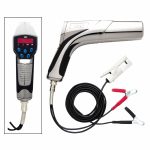

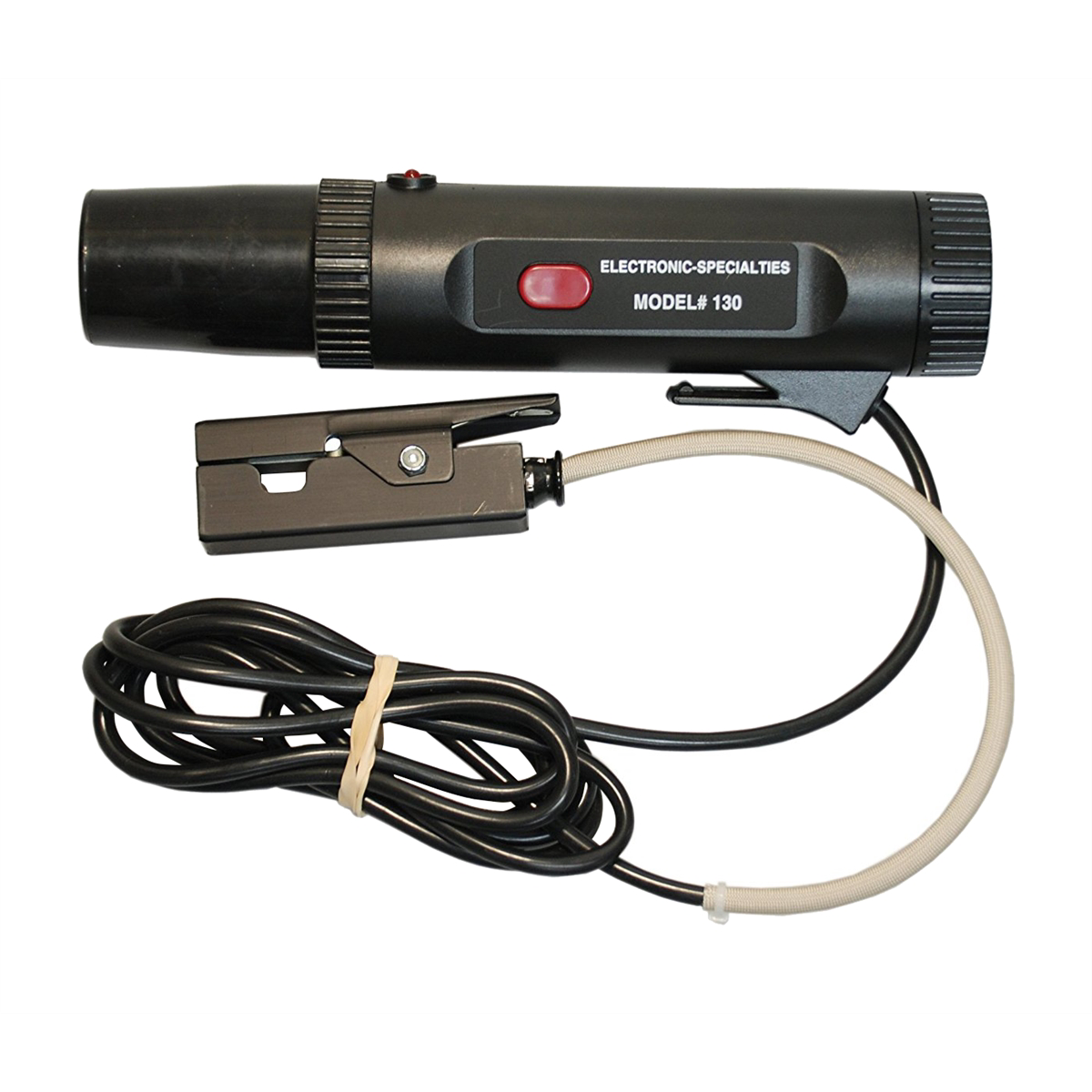

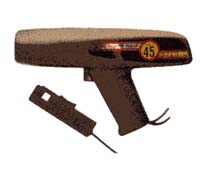
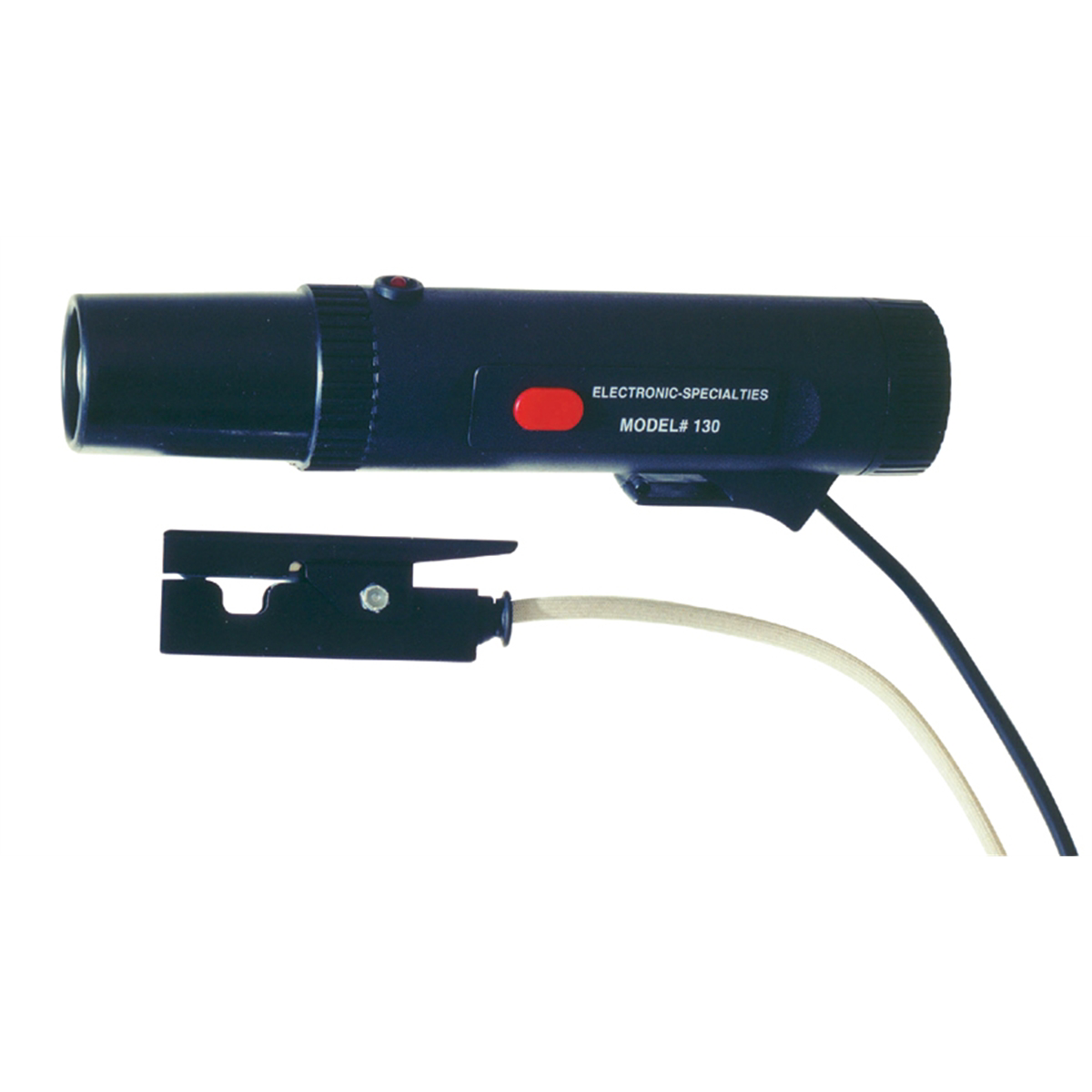

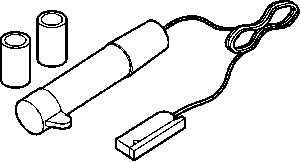
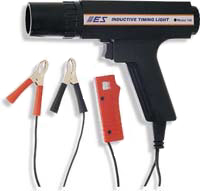

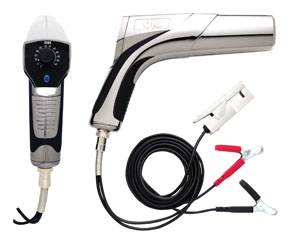

Follow us on social media